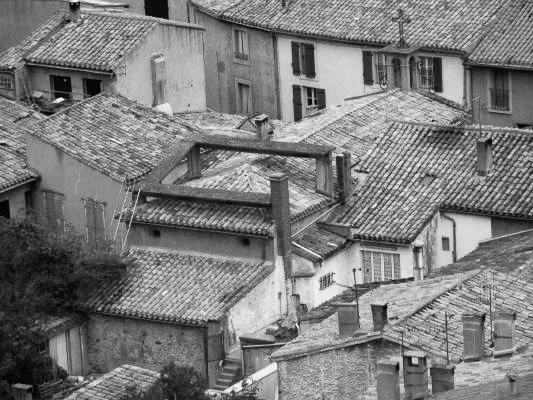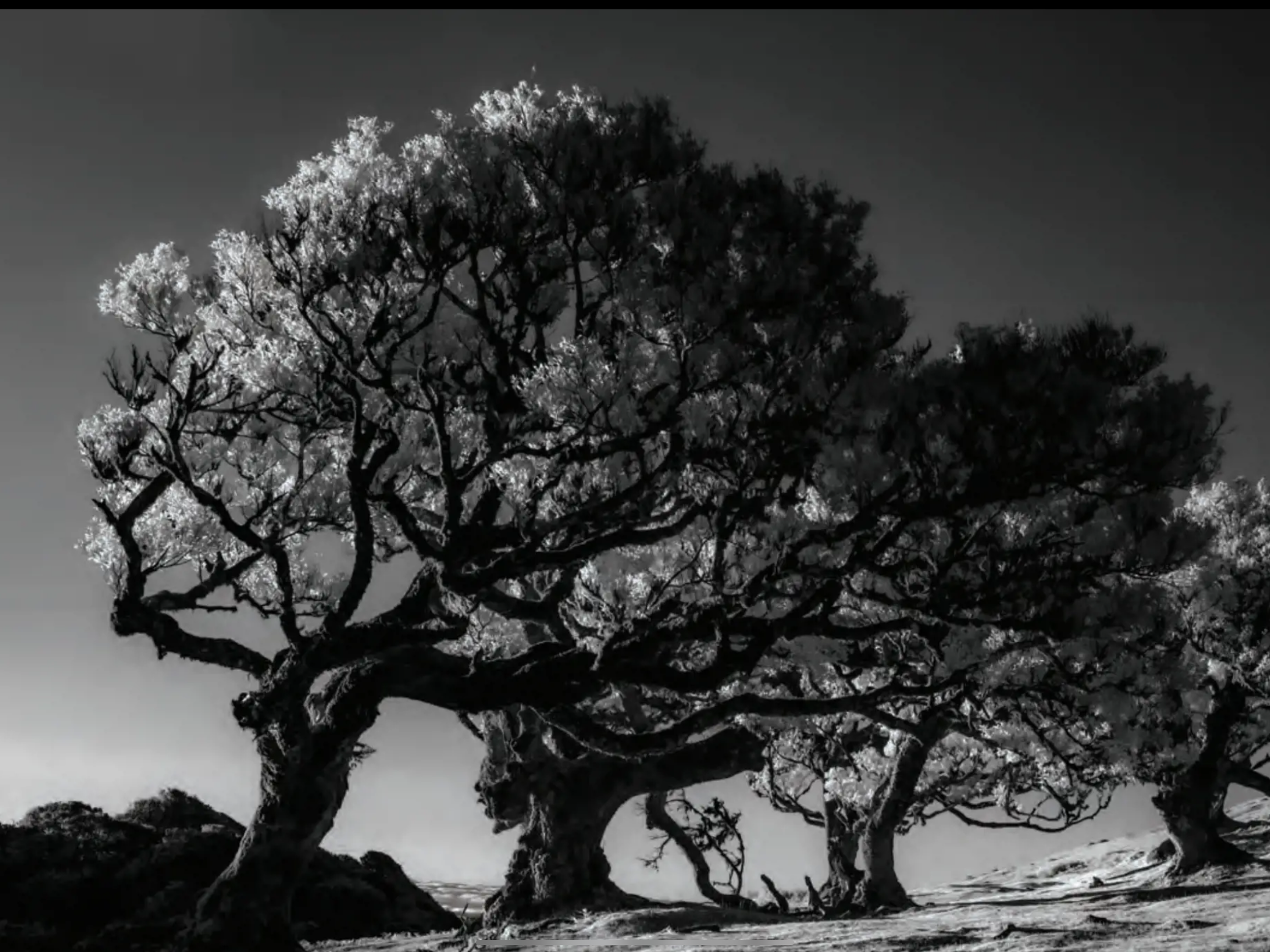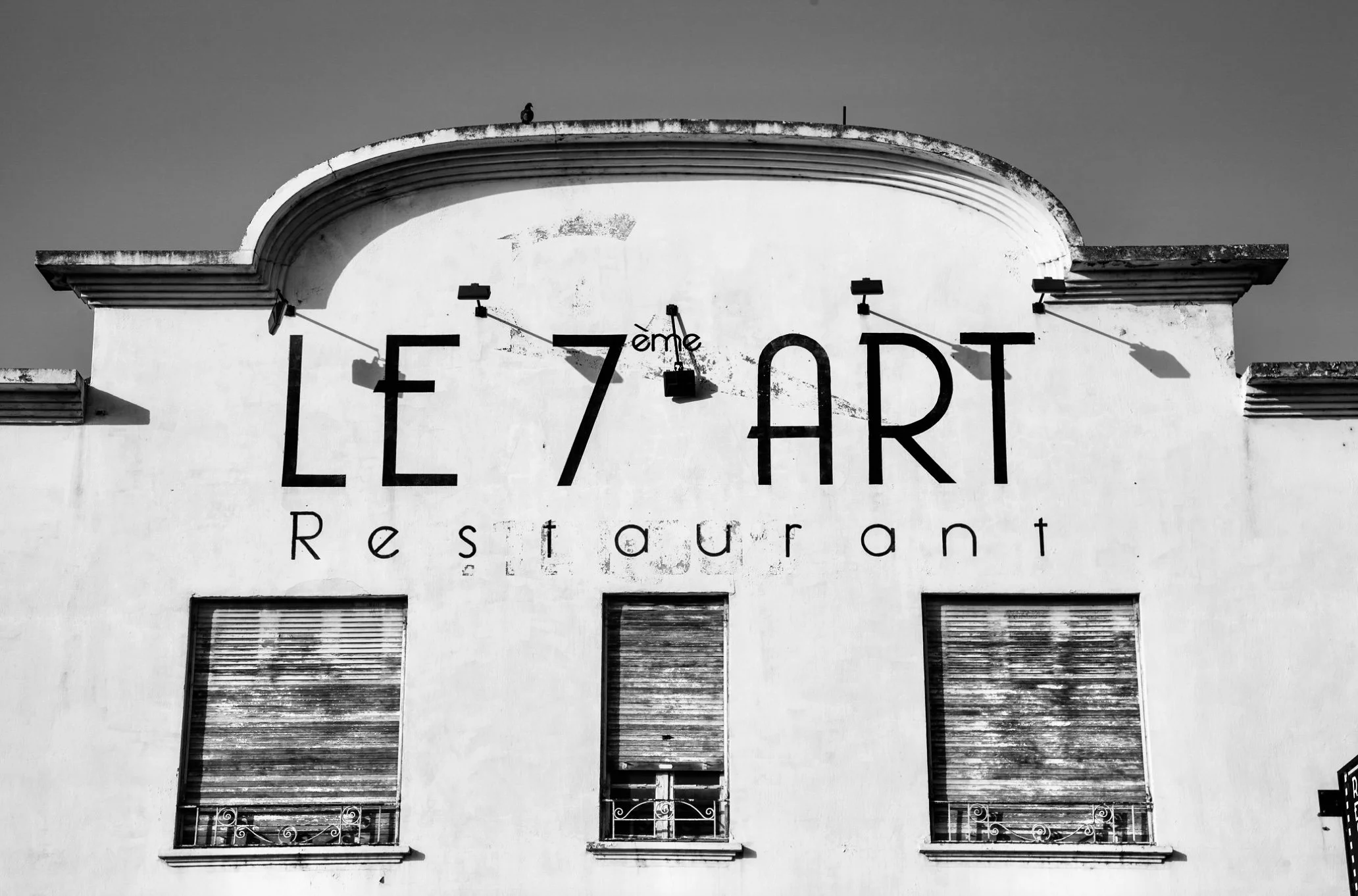Springtime in 6x7
“Springtime in 6x7: Or How I Carried My Own Misery Across Southern France”
A tragicomic tale of oversized cameras, beautiful chaos, and small victories in analog street photography.
It all started with a vision: spring in the south of France, glowing streets, timeless charm, and me — the analog purist — gliding through it all with color and black-and-white film, capturing moments so rich and textured that they’d practically smell like espresso and sea air.
I packed the essentials:
• Pentax 67 (the tank),
• Mamiya RZ67 (the monolith),
• Film stock (Portra, Tri-X, Cinestill — the usual suspects),
• And a small, foolish sense of optimism.
Marseille: Baptism by Shoulder Pain
First stop: Marseille. The city was alive — sunbaked walls, men playing pétanque in alleyways, and late-afternoon light spilling like honey across cobblestone streets. Naturally, I reached for the Pentax 67, thinking this is what it was made for.
Wrong.
You don’t “do street” with a Pentax 67 — you wrestle it. The shutter alone could startle birds, wake babies, and possibly trigger car alarms. Every shot felt like committing to a bench press rep. I tried to be discreet. Impossible. An elderly man asked me if I was surveying for the military. A street vendor offered me a coffee “on the house” — not because of my charm, but because he thought I looked exhausted.
Then came the shot: perfect scene, perfect light. I nailed focus, composed like Cartier-Bresson… click. Nothing. I’d left the dark slide in — again. The camera had no sympathy.
Tip #1: Never treat the Pentax 67 like a point-and-shoot. It’s a deliberate beast. Every photo is a ceremony. Either embrace the ritual, or carry a backup camera that doesn’t fight you for control of your own life.
Carcassonne: The Black-and-White Labyrinth
Rolling into Carcassonne felt like time travel. Stone towers, crooked passageways, clouds swirling like drama in a French novel. I switched to Tri-X in the Mamiya RZ67, because it felt noble.
The Mamiya, though, is no companion — it’s a gatekeeper. You don’t use it. You negotiate with it. Every step of loading, advancing, cocking, unlocking, uncocking, and realigning feels like playing chess with a machine that hates you.
I made a scene. Quite literally. In the middle of Place Carnot, I knelt down to frame a perfect moment — a little girl with a red balloon walking past a medieval arch. I forgot to advance the film. Again. I cursed in three languages. A couple on a bench clapped. A child asked if it was a movie camera. I didn’t correct him. It was easier that way.
Eventually, I got a usable shot. One. Perfect contrast, dreamy texture. It almost justified the thirty minutes of humiliation.
Tip #2: Don’t expect speed with medium format. Street photography with these cameras isn’t about reacting quickly — it’s about seeing slowly. Let moments come to you. You’re not a hunter. You’re bait.
Bordeaux: Wine, Wistfulness, and Wasted Film
By the time I reached Bordeaux, I had adapted — or maybe surrendered. I carried both cameras like a pack mule with an existential crisis, and I approached photography like a monk: calm, contemplative, slightly broken.
Golden hour over the Garonne. Rows of elegant façades. A man in a beret playing saxophone under a bridge — it was almost too much. I reached for the Pentax, now loaded with Cinestill 800T, dreaming of cinematic halations. I composed. I shot. I reviewed the frame in my mind. Perfect.
Except I’d loaded the film backwards.
The entire roll was a shimmering mess of nothing. I had photos of light leaks, sprockets, and my own ineptitude.
But here’s the irony: I didn’t care. Not really. By then, I had embraced the absurdity. The cameras had broken me down and rebuilt me as a different kind of street photographer — one who wasn’t chasing moments, but stumbling into them. And sometimes, that’s even better.
Tip #3: Accept failure. With analog, especially medium format on the street, you will mess up. The camera is a teacher. Your mistakes are part of the curriculum. Laugh, move on, and reload — the right way this time.
⸻
Final Reflections: On Weight, Wonder, and Why We Still Do This
By the end of this spring pilgrimage, I had:
• 6 usable shots I’m proud of,
• 4 that made me laugh out loud when I developed them,
• 2 completely blank rolls,
• A minor back injury,
• And a deeper respect for anyone who dares to do street photography with anything heavier than a Leica.
But I also had a story. And not just of the places I visited, but the way I moved through them — slower, more aware, more human. These cameras didn’t just record images. They recorded the effort it took to see them.
So to my fellow analog street photographers:
Choose your gear wisely. Embrace the chaos. And always, always check the dark slide.
If all else fails? Smile. Because suffering is temporary, but a good 6x7 frame is forever.






